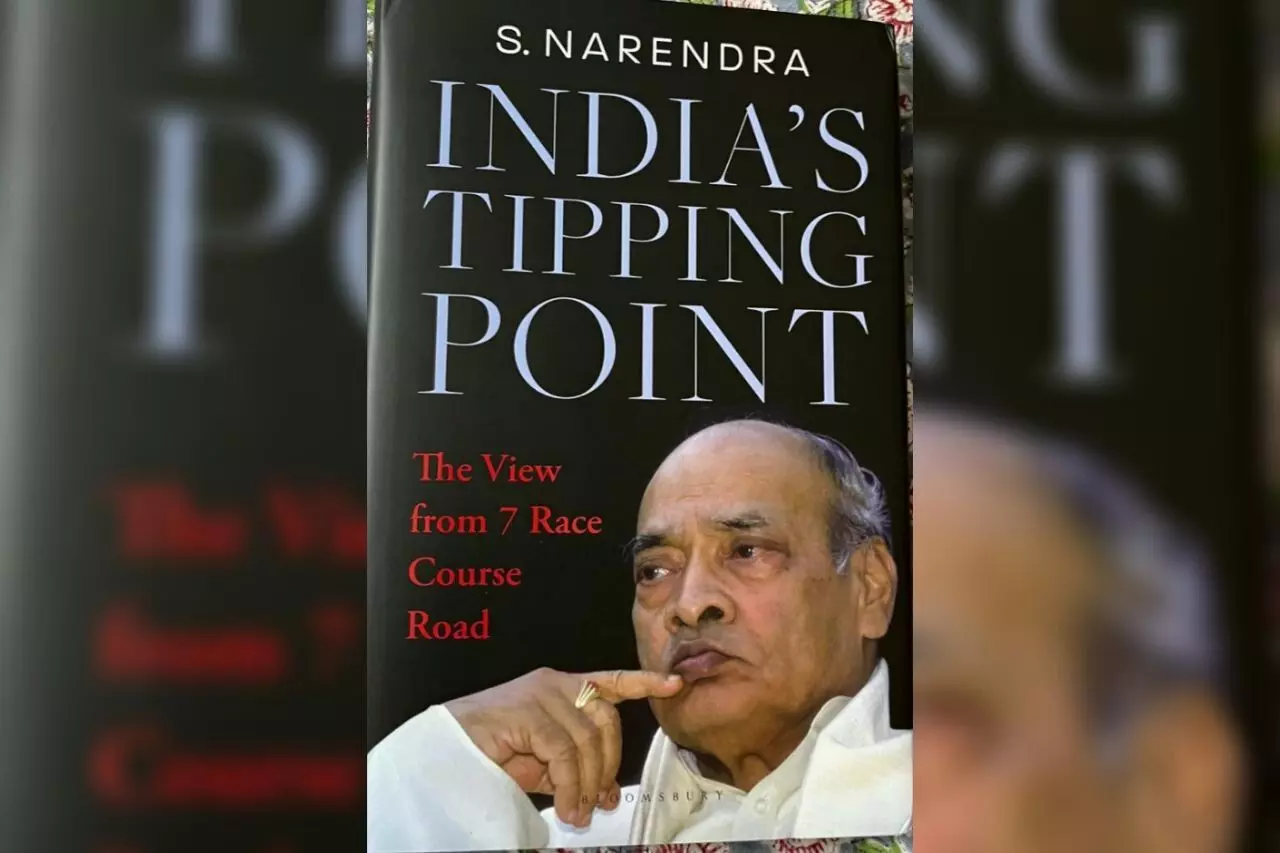An insider view of the Outsider: PV Narasimha Rao’s turbulent years in 7 Race Course Road
The author begins his account with the story of the historic decision taken by the PV Narasimha Rao government on 24 July 1991 by abolishing the Industries (Development and Regulation) Act of 1951 or IDRA
By Newsmeter Network
Hyderabad: He was not as the British would say the ‘one to hurry with the curry,’ nor was he ‘Dithering’ as the media often described.
Pamulaparthi Venkata Narasimha Rao or PV as he was popular was a complex person like most of us. Never impulsive, he deliberated a lot and liked to spar with ideas and alternatives with close confidantes. He gathered inputs from different sources as should be the norm for leaders of weight.
This is how Sunder Rau Narendra, the former principal information officer (PIO) to PV and a career civil servant, describes the former PM, who along with Dr Manmohan Singh, his finance minister, changed the course of India in many ways, prominently in economics in 1991.
In his book ‘India’s Tipping Point’, Narendra, who served four PMs—PV, Deve Gowda, IK Gujral, and AB Vajpayee—gives a riveting and insightful account of the historic decisions taken by the PV government from the economic reforms to Babri Masjid, the breakthrough in J&K leading to elections, and the many scams that hit the Cong (I) government during 1991-96.
In his comments, Ambassador Lakhan Lal Mehrotra, secretary, ministry of external affairs, describes the book as “A brilliant demonstration of how history refuses to move in a straight line. It contains the story of the peaks and valleys of the rule of some of India’s great PMs as witnessed by the author not from a distance but as an insider, as a participant in the saga of their eventful lives and political career. It’s an honest and forthright narrative of his times put into print without favour or prejudice.”
The author begins his account with the story of the historic decision taken by the PV Narasimha Rao government on 24 July 1991 by abolishing the Industries (Development and Regulation) Act of 1951 or IDRA. It set off seismic tremors. If 15 August 1947 placed India on the global political map, 24 July 1991 placed it firmly on the international economic map, says Narendra. It was the end of the ‘License-Permit Raj’ and signalled the rollout of the economic reforms.
It is apt to know that during this period, Asian economies, especially Malaysia and South Korea, were fast growing. The Economist, which described this phenomenon as the rise of the Asian Tigers, painted India as the ‘Caged Tiger’ on one of its cover pages before the defining decision of the PV government.
While the bold move on the economic front raised the image of PV, he had to fight many battles on the political and social front starting from saving his minority government to facing the ignominy of the demolition of the Babri Masjid to outsmarting his rivals within the Party. In the process, he landed in scams like the JMM bribery to Jain Havala, St Kitts and tough challenges from Jammu & Kashmir and North East insurgents.
In a dispassionate manner, the author dissects the many challenges and crisis situations that the PV government landed itself in and how sometimes the PM deftly handled them and on other occasions felt ‘isolated and let down’ by political leaders whom he thought close like the case of Babri Demolition.
The book is aptly subtitled ‘The view from 7 Race Course Road,’ the home of PMs of India. Narendra, a close associate of PV through this period, was a cog in the wheel of bigger things but perfectly placed to see what happened in the grey area between policy-making, administration and politics and to explain, at least in part, the actions of the man at the centre of it all. In short, he captures the essence of the history in the making to the benefit of generations of Indians.
On a more personal note, as the PIO, Narendra was a hit with the media during those years. As a journalist, I recall the warm reception his office offered to us at the daily briefing at 5 p.m. in the Shastri Bhavan. The soft-spoken and genial Narendra would give us news of the Cabinet meet and at least chat up on issues if nothing. There was always the coffee, buttermilk, and light snacks. Like a true professional, he was always accessible.
The 210-page book, though one more on PV and the economic reforms, is worth a close read. It neatly captures the ‘behind the scenes,’ intense talks with J&K leaders, Farooq Abdullah, and the dissenting and trouble-making groups in the valley as well as the insurgents from NE by the interlocutors of Rao and how a breakthrough was achieved with elections that brought Farooq to power. Similarly, the foreign policy initiatives and the ups and downs have been candidly brought out.
The ‘Tipping Point’ is a smooth read with the contents flowing in a nice sequence of incidents and decisions that are conveyed with a purpose and straightforwardness which makes it a must-read for all those intrigued by both PV the person and the dramatic and historic events that marked his tenure as well as students of history.
Author-
M Somasekhar is a Hyderabad based, Senior Journalist and Author with 4 decades of writing on various subjects.